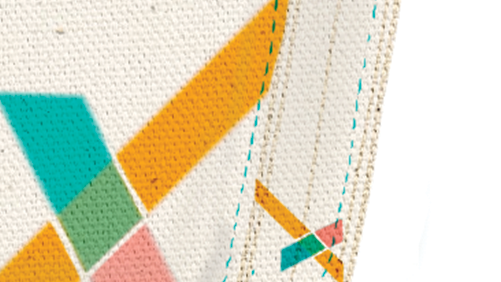Design Challenge: Using ethnographic-style research, develop three insights that another team will use to develop their Winter Market product.
Design Constraints: Must use ethnographic-style research, must use design research methods to analyze data.
Final Deliverables: Research packet, three actionable insights
Time Frame: 4 weeks
Teammate: Ben Drake
Research Topic
Ben and I were interested in grocery shopping. Additionally, since Columbus has a high concentration of various grocery stores, we thought this would be a good starting point for ethnographic-style research.
Data Gathering
Using ethnographic-style research, we observed four grocery stores and took objective notes about our observations.
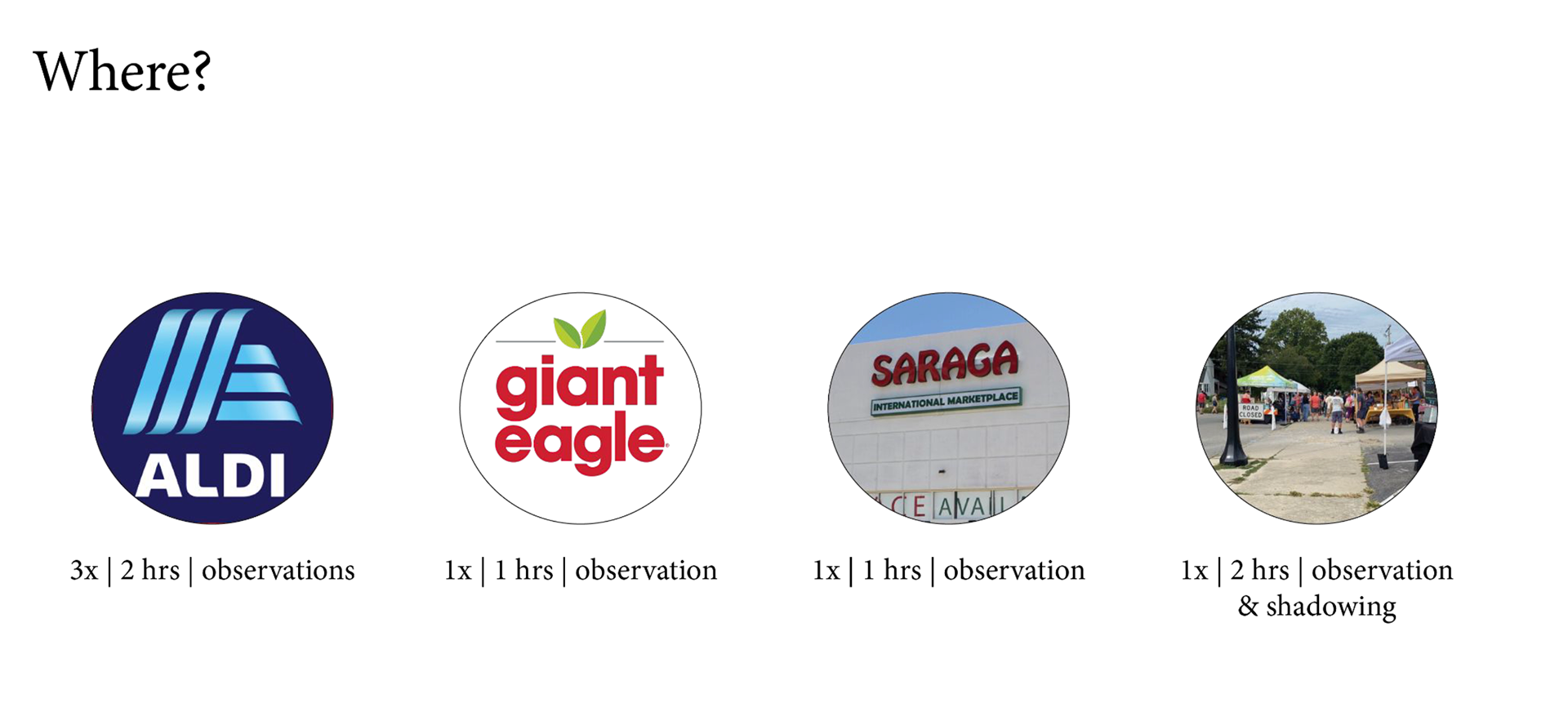
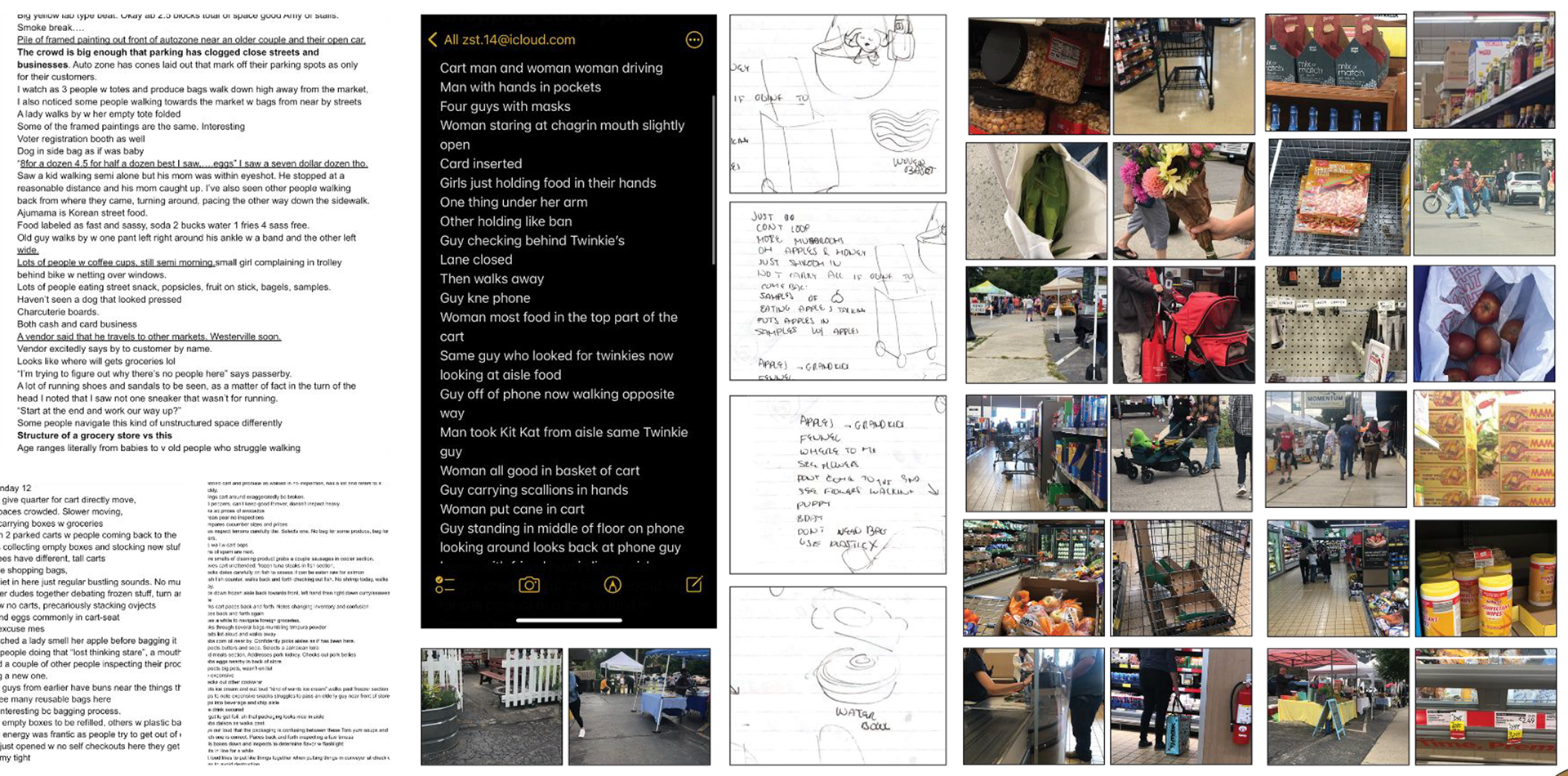
Data Analysis
We organized all of our observations into sticky notes and organized them by location.

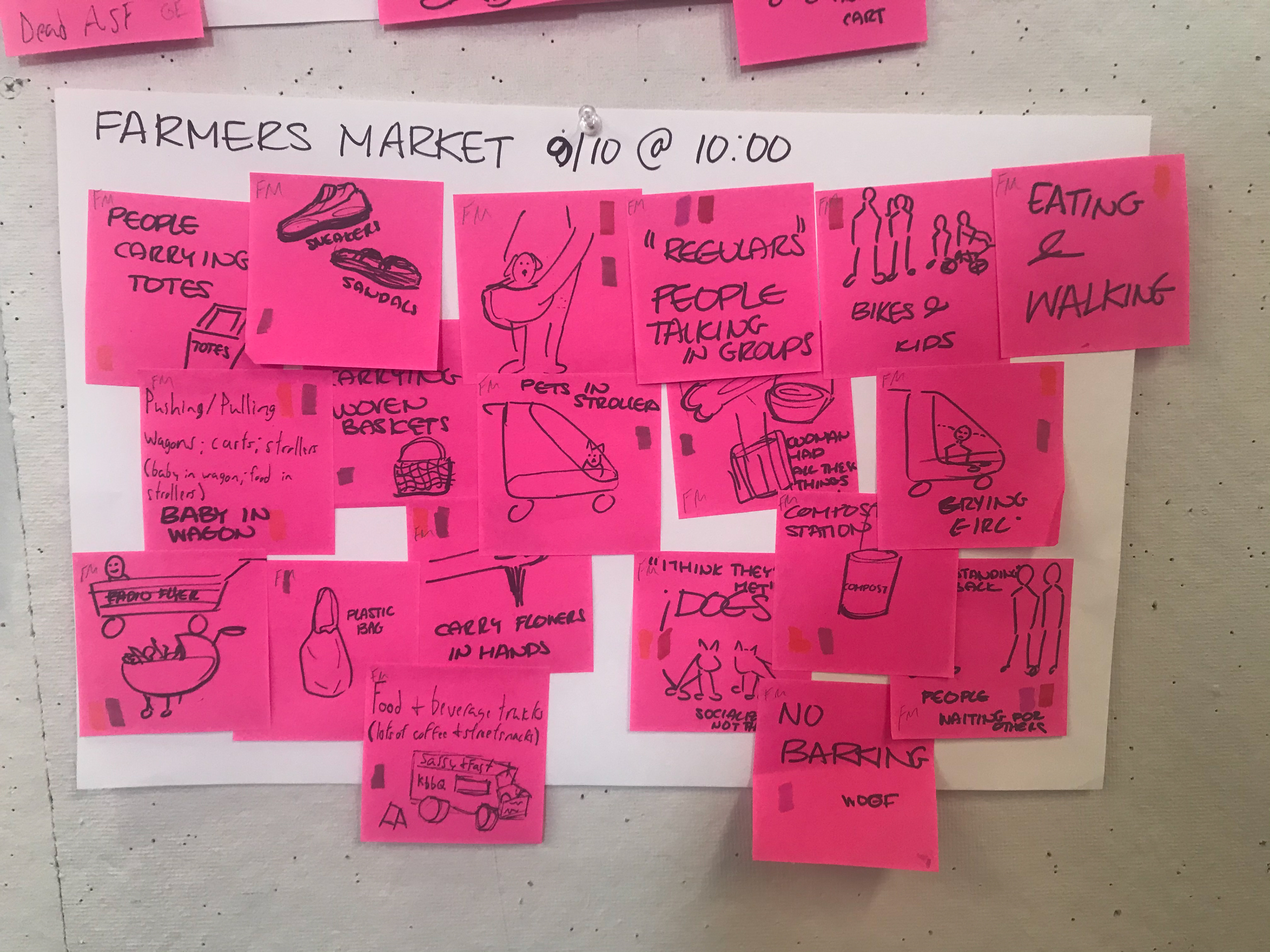

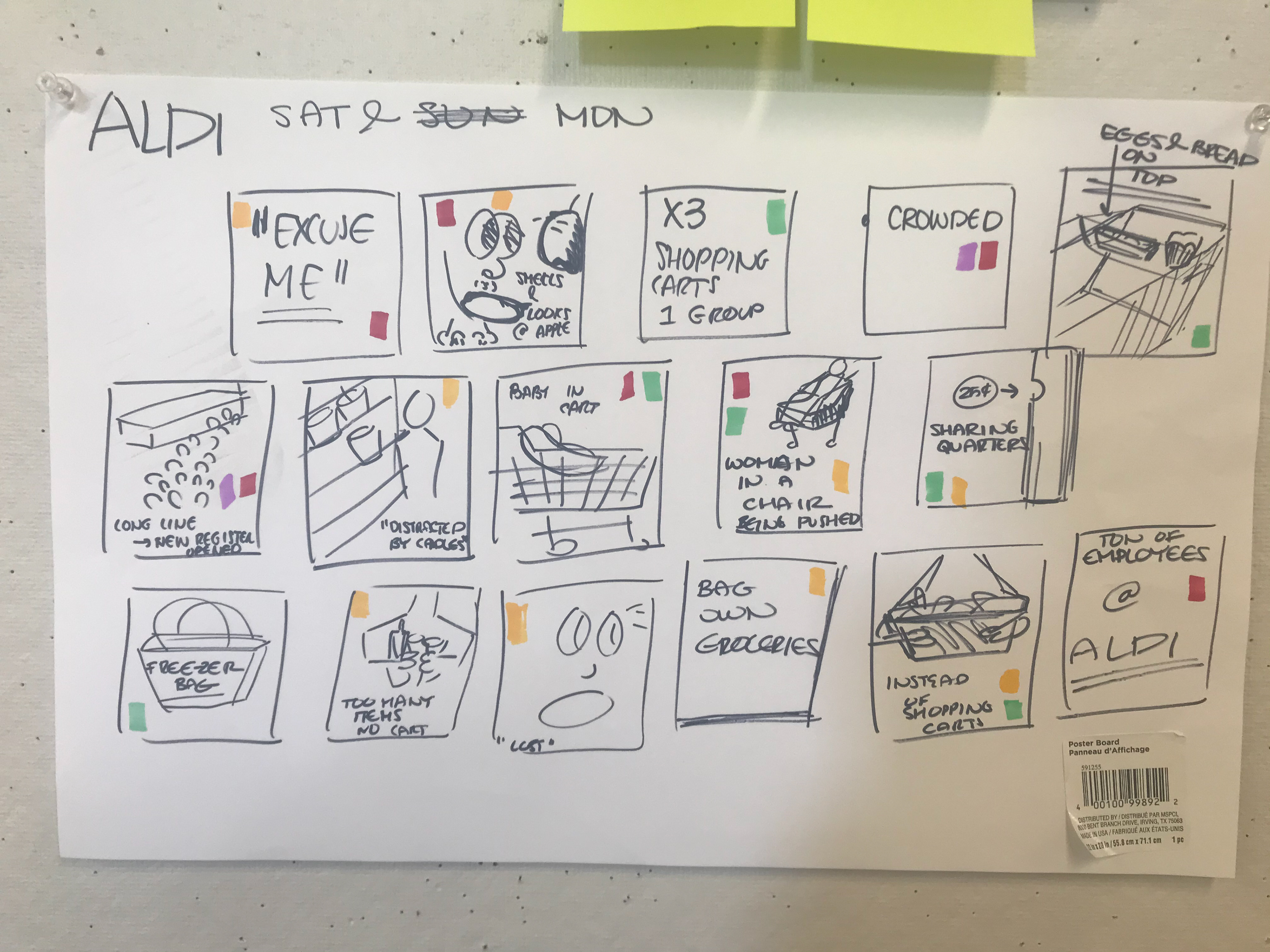
Then, we organized them into frameworks:
Polarizing Frameworks
My partner and I developed two other frameworks to investigate our observations. We created two polarizing atmosphere frameworks which organized our atmosphere observations into two contrasting categories. The first framework compared a "dead" atmosphere to an "alive" atmosphere. The second framework compared "confusing" to "clear".


We observed an overlap between "alive" and "confusing" From this framework we developed the insight: How might design leverage things like the unexpected to create liveliness?
Mapping Frameworks
We mapped the four grocery stores and then turned those maps into people concentration heat maps and social interaction heat maps.
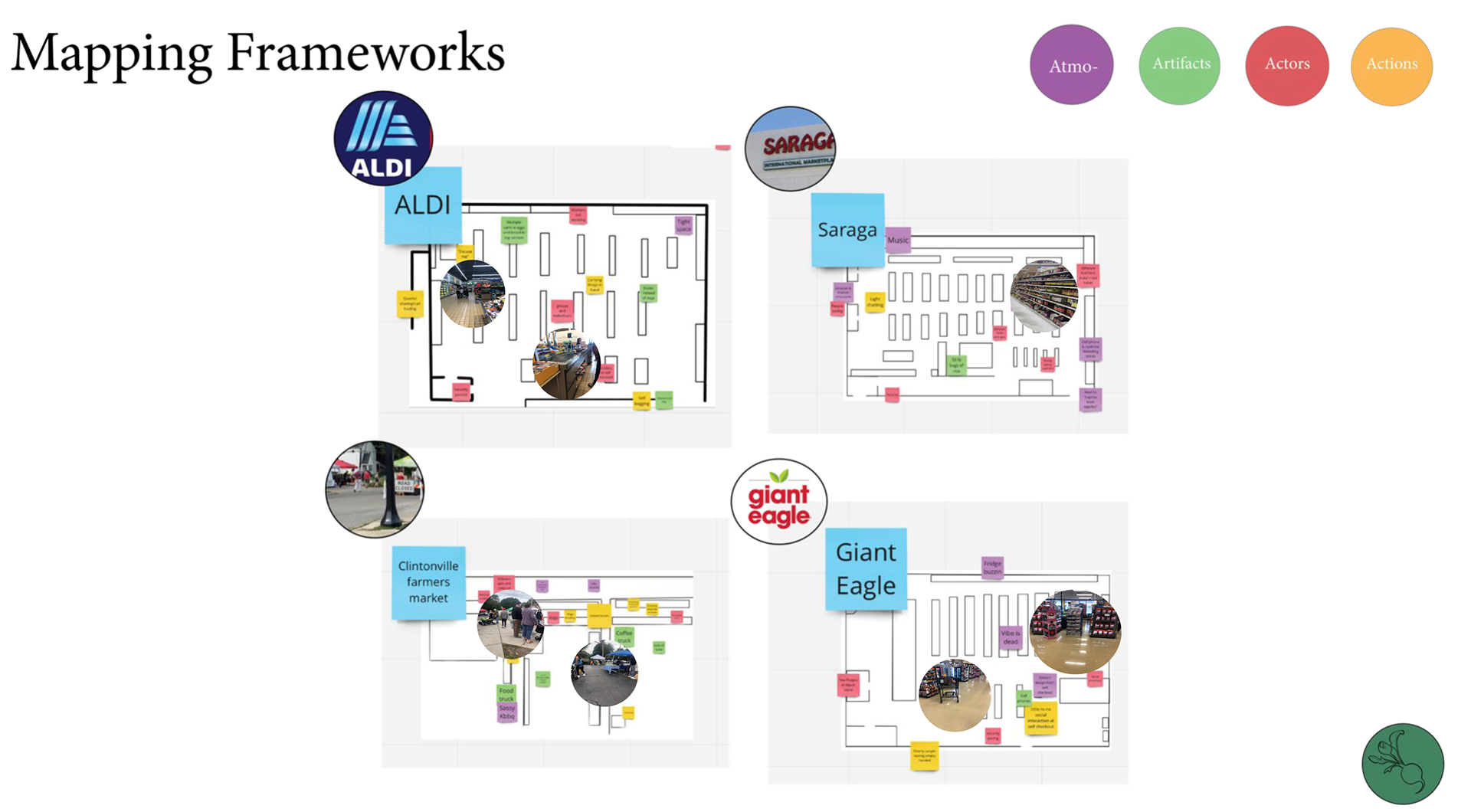


We found that strong concentrations of people didn't necessarily mean there was social interaction between the people at the grocery stores.



From this we generated two insights:
How might design leverage areas of rushing in the grocery shopping experience to encourage or discourage a sense of urgency in the home?
How might design provide privacy in a crowded space?
Reflection
Ethnographic-style research was a very interesting way to approach the research for this class. I learned a lot about objective observation and found that taking a ton of pictures and notes is incredibly important. Additionally, ethnographic-style design requires multiple visits to the same spot so that you can make observations and find continuities over a long period of time.
